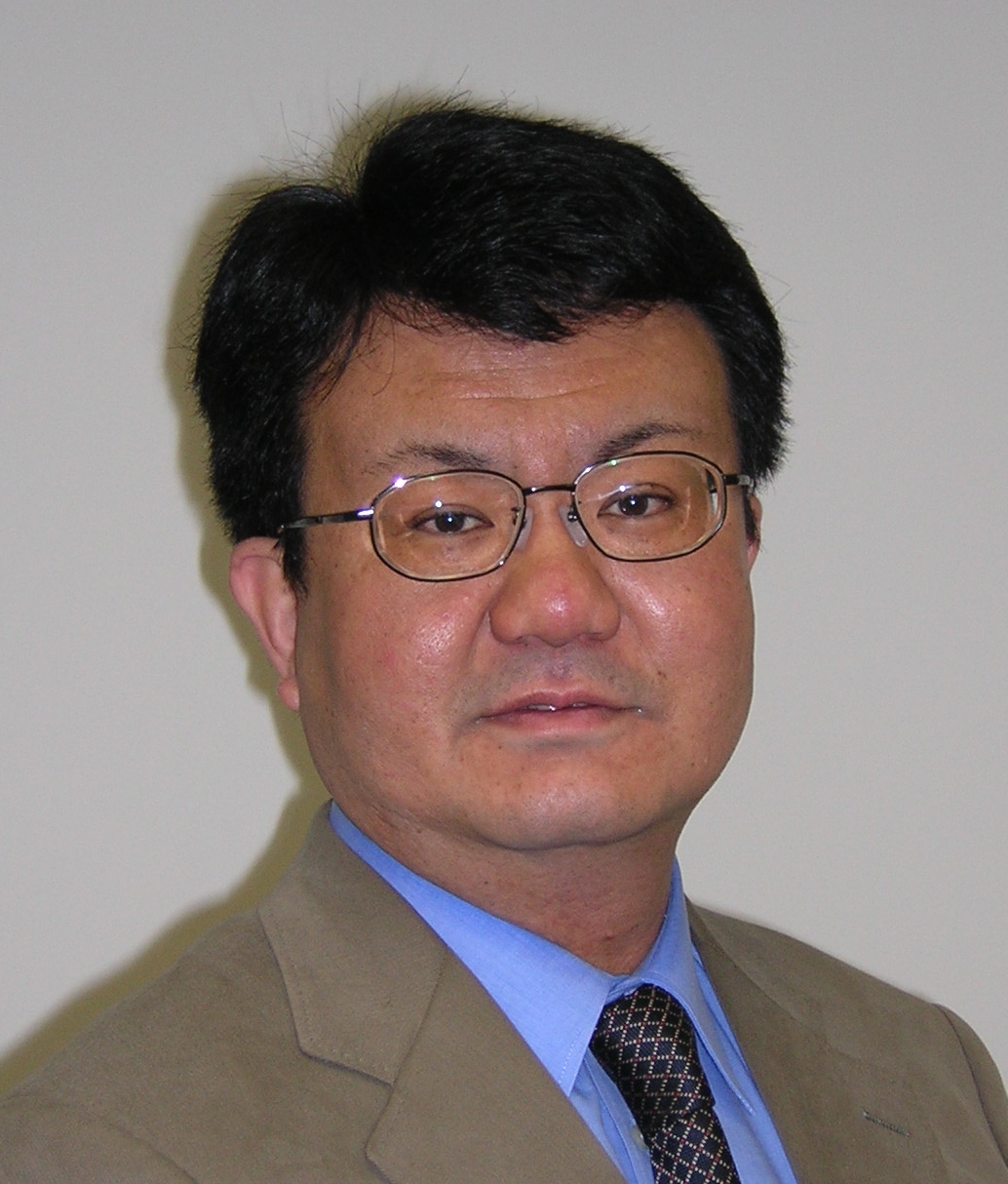Introduction of laboratory
Etsuro Ito Lab (Physics and Biology)

Our interests of study are as follows.
(1) New diagnosis: Using our new method to detect and quantify a very tiny amount of a given protein, we are now developing a new diagnosis.
(2) Emotion and pain: We are analyzing the human brain regions by near-infrared spectroscopy, when emotion is changed or pain is applied. Especially, we focus on the relation between psychological expression and neuroscientific mechanisms.
(3) Slow ageing: We are studying signaling cascades from environmental electromagnetic-wave radiation to heat shock protein production via transient receptor potential channel opening. We hope that this study will pave the way for slow ageing in humans.
(4) Learning and memory: The molecular mechanisms of learning and memory using the pond snail Lymnaea stagnalis are being clarified. We have made clear the effect of insulin in the brain on long-term synaptic changes and long-term memory.
(5) Immunology: We found that intestinal dendritic cells produce retinoic acid and imprint gut-homing specificity on T, B lymphocytes with it. Retinoic acid also affects functional differentiation of helper T cells. We aim to clarify the mechanism of its production, metabolism, and action.
If you are interested, please come and visit the Ito Laboratory website (in Japanese).
Takashi Oyama Lab (Molecular Genetics)

Despite remarkable progress in genome science, we are still far from a clear understanding of how genomic DNA is packaged without entanglement into a nucleus, how genes are wrapped up in chromatin, how chromatin structure is faithfully inherited from mother to daughter cells, and how the differential expression of genes is enabled in a given cell type. Exploring and answering these questions constitutes one of the next frontiers in this century. We are just beginning to appreciate how DNA conformation and physical properties provide additional structural and functional dimensions to chromatin organization and gene expression. In our lab, we are exploring the genome-folding principle and the genetic information written in DNA conformation and physical properties. As another project, we are also studying the relationship between the environmental responses of plants and gene evolution. For detailed research content please visit Oyama Laboratory website.
Takashi Kato Lab (Molecular Physiology)

Blood cells are circulating in the blood of almost all vertebrates. Of the cells in the whole human body, the proportion of blood cells reaches more than 80%. Therefore, "hematopoiesis", a system for blood cell production, is one of the important functions of living organisms and provides, therefore, significant research subjects in both basic biology and clinical sciences. All types of blood cells originated from multipotent and self-renewing hematopoietic stem cells; however, there are many mysteries in the physiology and molecular mechanisms of the process. We develop new animal models including frogs and fish with the advanced technology, to explore universality and diversity in vertebrate hematopoiesis from the viewpoints of comparative biology. We are working on experiments at various levels of individuals, cells, genes, and proteins. For details of the research, please visit our laboratory website.
Yoshitake Shinpei Lab (Environmental Ecology)

Water, energy, and important elements such as carbon and nitrogen circulate through the ecosystems. Focusing on the terrestrial ecosystems such as grasslands and forests, we attempt to elucidate the cycling and its mechanisms by the combination of the field studies and laboratory experiments. Although pedosphere would be one of the important components in understanding the structure and function of each ecosystem, our knowledge and understanding of pedosphere is obviously insufficient. We aims to understand the familiar ecosystems more deeply through the studies focusing on the plant roots, soil organic matter, or soil microbial communities. If you are interested in the field-base studies, please check the laboratory web site (in Japanese).
Kintake Sonoike Lab (Plant Physiology)

Photosynthesis of plants and algae is the essential basis for life on the Earth. Maximum efficiency of photosynthesis is high, reaching 98% in charge separation, and used for a model system for the development of artificial photosynthesis. In natural environments, however, photosynthesis seldom achieves maximum rate due to limitation from environmental factors. We pursue the mechanism of photosynthesis and survival strategy of plants through the examination of the interaction between photosynthesis and environmental factors. Another research topic of our laboratory is the evolution of photosynthesis from the metabolic point of view. Evolution of cyanobacteria, the first organisms that perform oxygenic photosynthesis, drastically change the environments on the Earth. We try to understand the evolutionary process of cyanobacteria, together with the effects of endosymbiosis of cyanobacteria on the metabolism of plants, which enables the evolution of chloroplasts. For details of the research, please visit our laboratory website.
Kazuyoshi Tsutsui Lab (Integrated Brain Science)

Tsutsui's laboratory has contributed to the advancement of Neuroendocrinology over the past four decades by focusing on the discovery of novel neurohormones, such as neurosteroids and neuropeptides, and the demonstration of their mode of actions and functional significances. Tsutsui's laboratory first found de novo neurosteroidogenesis in the avian brain from cholesterol and subsequently demonstrated the biosynthetic pathway of neurosteroids. His laboratory also discovered that the Purkinje cell, an brain neuron, is a major site for neurosteroid formation in the brain. Tsutsui's laboratory has further identified 7 -hydroxypregnenolone as a novel neurosteroid inducing locomotor activity in the brain. Tsutsui is also known as the discoverer of gonadotropin-inhibitory hormone (GnIH). Tsutsui's laboratory discovered GnIH as a novel hypothalamic neurohormone. Subsequently, his laboratory demonstrated that GnIH inhibits gonadal development and maintenance by decreasing gonadotropin synthesis and release. The discovery of GnIH has opened a new research field in reproductive neuroendocrinology from a novel standpoint. For detailed research content please visit Tsutsui Laboratory website (in Japanese).
Motoki Tominaga Lab (Integrated Cell Biology)

Animals can move freely, whereas plants cannot and remain at their place of germination. However, an active intracellular flow called 'cytoplasmic streaming' occurs in the plant cell. This was first reported in 1774 by the Italian physicist Bonaventura Corti, who found the flow of cytoplasm when he observed intermodal cells of algae. Because cytoplasmic streaming occurs widely in plants ranging from algae to angiosperms, it is supposed to be a primitive and essential system in plants. However, more than 200 years after its discovery, the molecular mechanism and physiological function of cytoplasmic streaming remains unclear. Our goal is integrated understanding of plant biological system by revealing plant specific intracellular transport 'cytoplasmic streaming' from molecular to individual level. For detailed research content please visit Tominaga Laboratory website (in Japanese).
Karina Hanashima Lab (Developmental Biology)

Development is a dynamic process in which a small number of stem cells undergo cell division and differentiation to form a complex but reproducible tissue. Among tissue stem cells, stem cells that make up the brain are known to be highly susceptible to temporal and environmental cues, however how such spatiotemporal information is generated (coding) and transformed into cellular behaviors (decoding) remain poorly understood. Our laboratory uses cerebral cortex as a main model system to decipher multilevel interactions between molecules, cells and tissues to identify new mechanisms underlying the principles of development. If you are interested in the research content, please visit the Hanashima Laboratory website.

